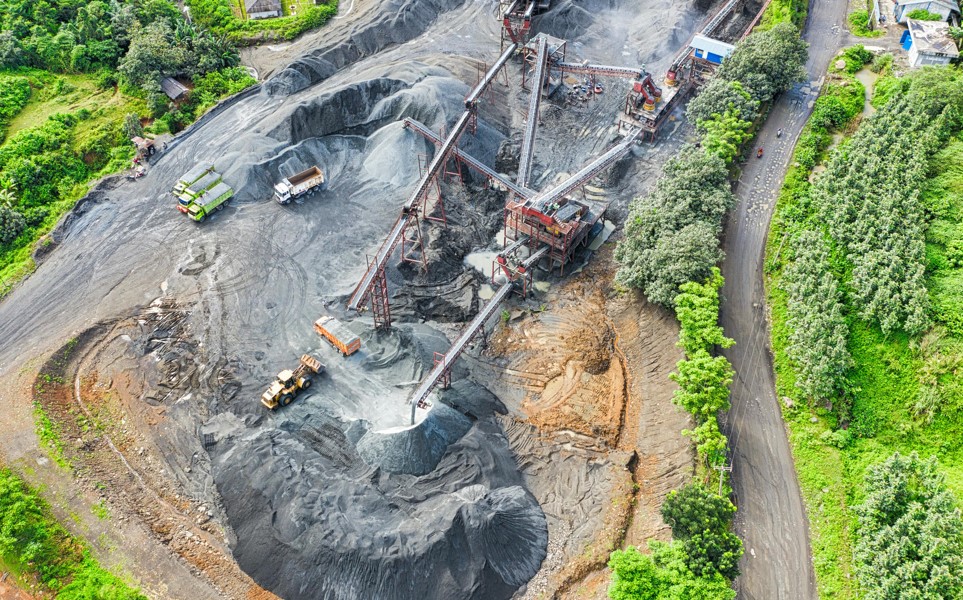Leadership is the cornerstone of creating a safe and productive work environment, particularly in high-risk industries like mining. The role of leaders in prioritizing safety goes beyond enforcing regulations—it involves shaping a culture where safety is ingrained in daily operations. In this blog, we’ll explore the importance of leadership in safety, focusing on how effective leadership can reduce mining accidents, build a strong safety culture, and drive lasting improvements in workplace health and safety.
Understanding the Role of Leadership in Mining Safety
In the mining industry, leadership plays a pivotal role in ensuring the well-being of workers. Leaders are responsible for setting the tone and expectations for safety, translating policies into actionable practices, and creating an environment where workers feel empowered to prioritize their health and safety. Without strong leadership, even the most comprehensive safety programs can fall short of their potential.
Leaders bridge the gap between policy and practice, ensuring that safety standards are not only met but continuously improved. By fostering open communication and collaboration, leaders encourage a proactive approach to identifying and mitigating risks.
Key Leadership Qualities That Drive Safety Culture
Certain qualities distinguish leaders who excel in promoting a safety-first culture:
- Accountability: Effective leaders take responsibility for the safety of their team and their decisions.
- Empathy: Understanding workers’ concerns and challenges builds trust and strengthens commitment to safety.
- Decisiveness: Leaders must act swiftly and confidently to address safety hazards.
- Adaptability: The mining industry is dynamic, and strong leaders must adapt to new technologies, risks, and regulatory changes.
- Communication: Transparent and consistent communication ensures that safety expectations are understood at all levels.
Leading by Example: How Leaders Influence Safety Behaviors
Leadership is most effective when it is demonstrated through actions. When leaders prioritize their own safety practices—such as wearing personal protective equipment (PPE) and adhering to protocols—they set an example for the rest of the team. This “lead-by-example” approach helps reinforce the importance of safety and encourages workers to adopt similar behaviors.
Workers are more likely to follow safety protocols when they see their leaders doing the same. This consistency builds trust and reinforces the belief that safety is a shared responsibility.
The Impact of Strong Leadership on Reducing Mining Accidents
Statistics consistently show that effective leadership reduces workplace incidents. Strong leaders:
- Proactively identify and address potential hazards.
- Foster a culture where workers feel comfortable reporting risks.
- Ensure compliance with safety standards and regulations.
For example, mines with engaged and proactive leaders often experience fewer accidents, lower turnover rates, and higher worker satisfaction. These outcomes are a direct result of leadership’s ability to maintain focus on safety as a core operational priority.
Building a Safety-Oriented Work Environment Through Leadership
Creating a safety-oriented work environment requires more than policies and procedures; it demands cultural change driven by leadership. Leaders can:
- Recognize and reward safe behaviors.
- Encourage team participation in developing safety protocols.
- Conduct regular safety drills and training.
By involving workers in safety initiatives, leaders cultivate a sense of ownership and accountability, making safety a shared value.
The Role of Communication in Safety Leadership
Communication is a vital component of effective leadership in mining safety. Leaders must:
- Clearly articulate safety expectations and goals.
- Provide regular feedback and updates on safety performance.
- Facilitate open discussions about potential risks and concerns.
When communication is open and transparent, workers feel valued and are more likely to voice concerns, report hazards, and contribute to improving safety practices.
Leadership Training: A Critical Element for Enhancing Safety
Investing in leadership training is essential for fostering a culture of safety. Training programs should focus on:
- Developing key leadership skills, such as conflict resolution and decision-making.
- Educating leaders on the latest safety standards and technologies.
- Teaching leaders how to inspire and motivate their teams to prioritize safety.
Well-trained leaders are better equipped to navigate the complexities of mining operations while ensuring that safety remains a top priority.
Overcoming Challenges in Leadership for Safety in Mining
Leadership in mining safety is not without its challenges. Common obstacles include:
- Resistance to change from workers or management.
- Limited resources for implementing safety initiatives.
- Balancing productivity demands with safety priorities.
Leaders must address these challenges by fostering collaboration, securing necessary resources, and emphasizing the long-term benefits of a safety-first approach.

Successful Leadership in Mining Safety
Examples of successful leadership in mining safety demonstrate the transformative impact of strong leaders. For instance, companies that have implemented leadership-driven safety programs often report:
- Significant reductions in workplace injuries.
- Improved morale and job satisfaction among workers.
- Enhanced operational efficiency.
These successes highlight the critical role of leadership in achieving safety excellence.
Reflecting on the Importance of Leadership in Safety
The importance of leadership in safety cannot be overstated. Strong leaders not only reduce accidents but also inspire a culture of accountability and care. By prioritizing safety, fostering communication, and adapting to industry changes, leaders ensure that the mining industry remains a safe and sustainable field for generations to come.

